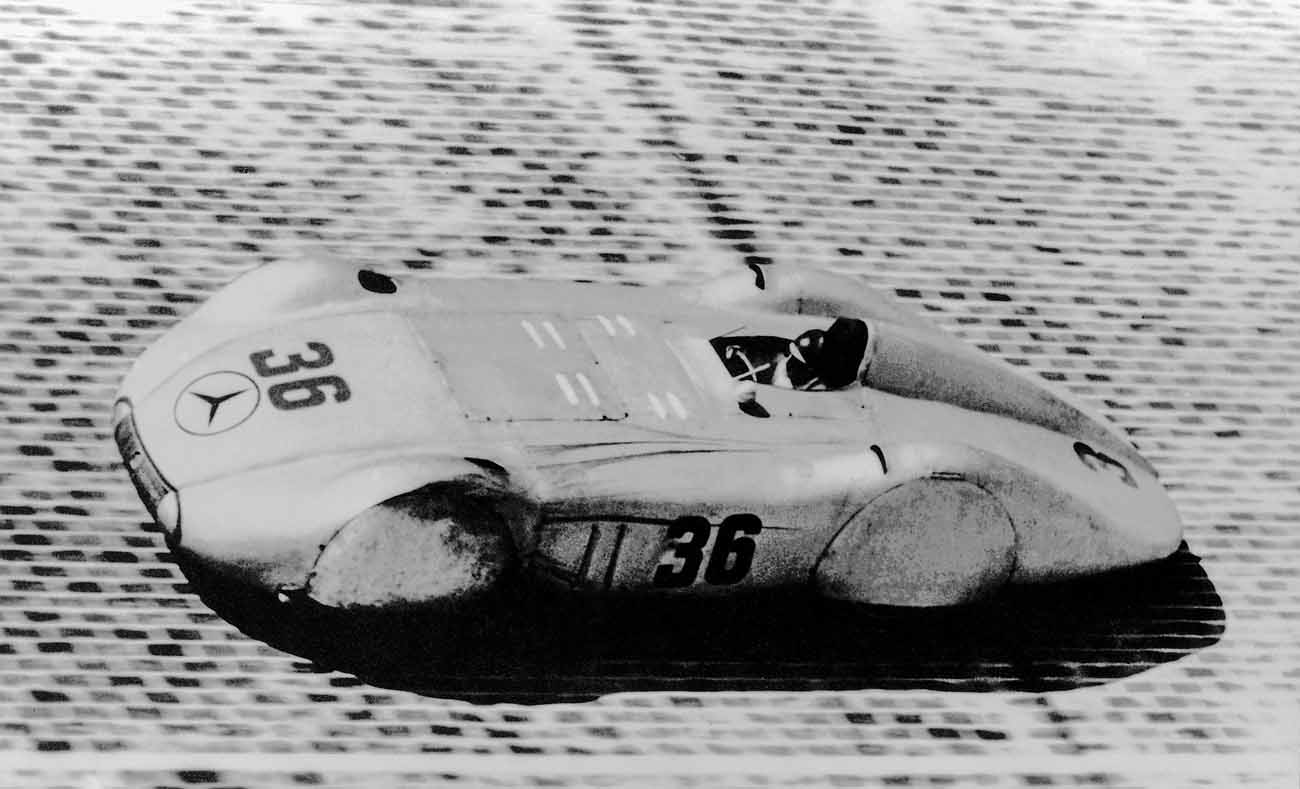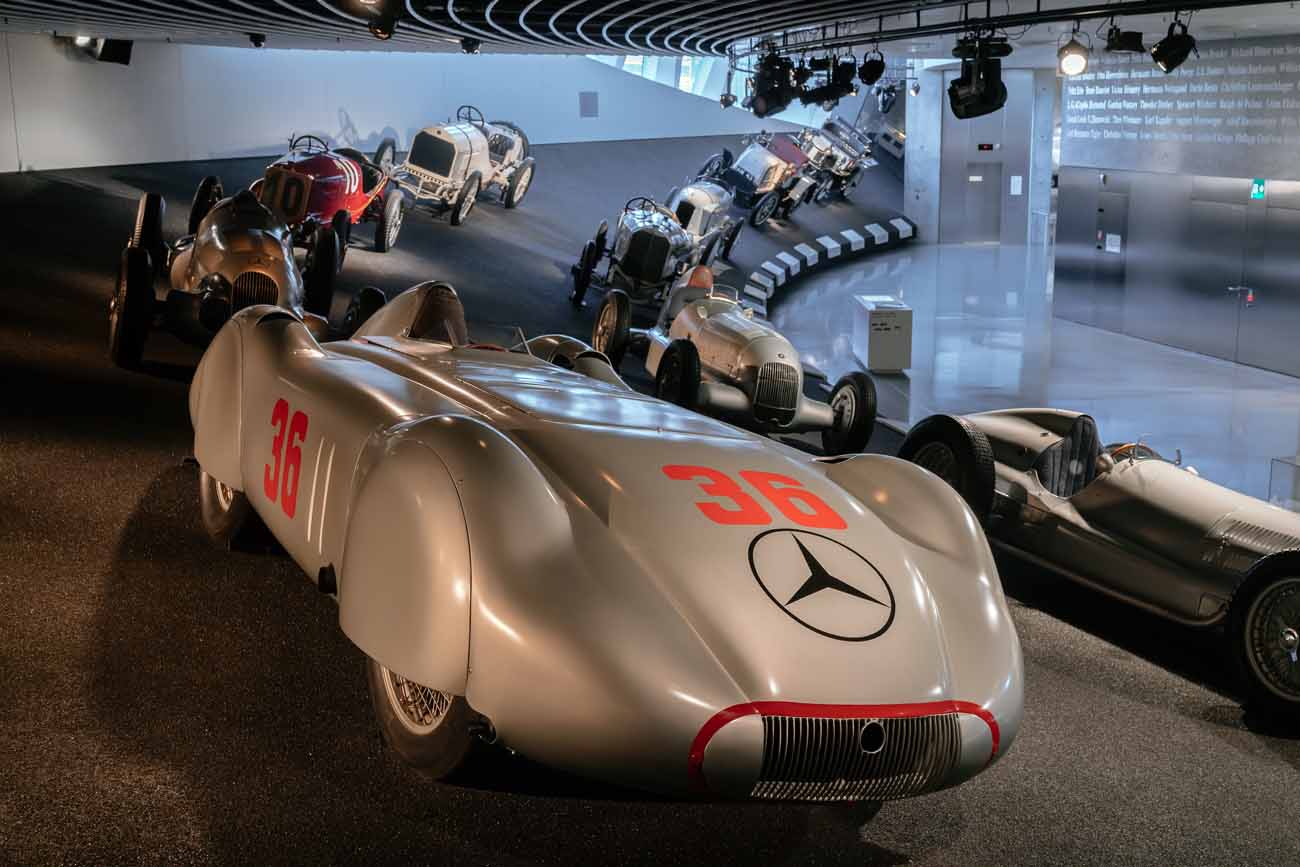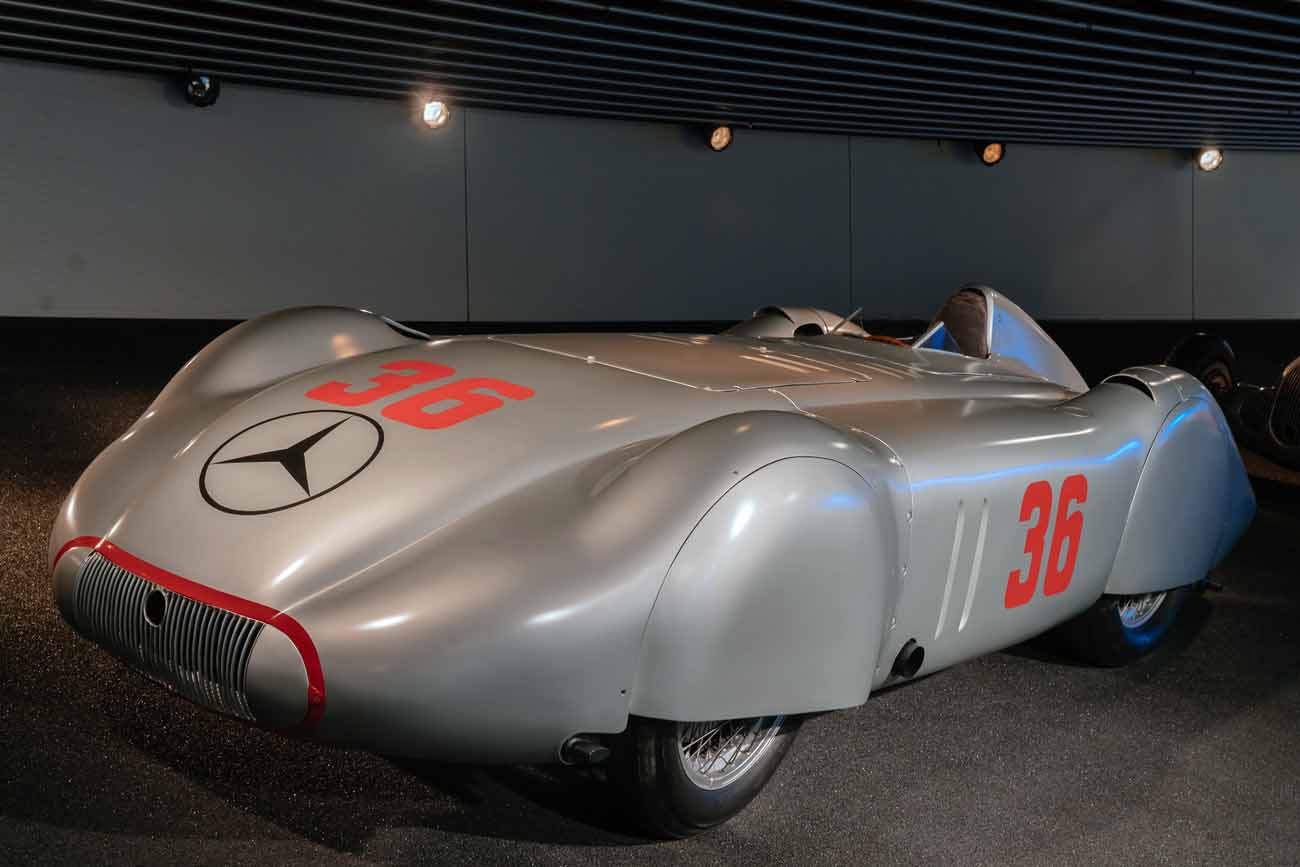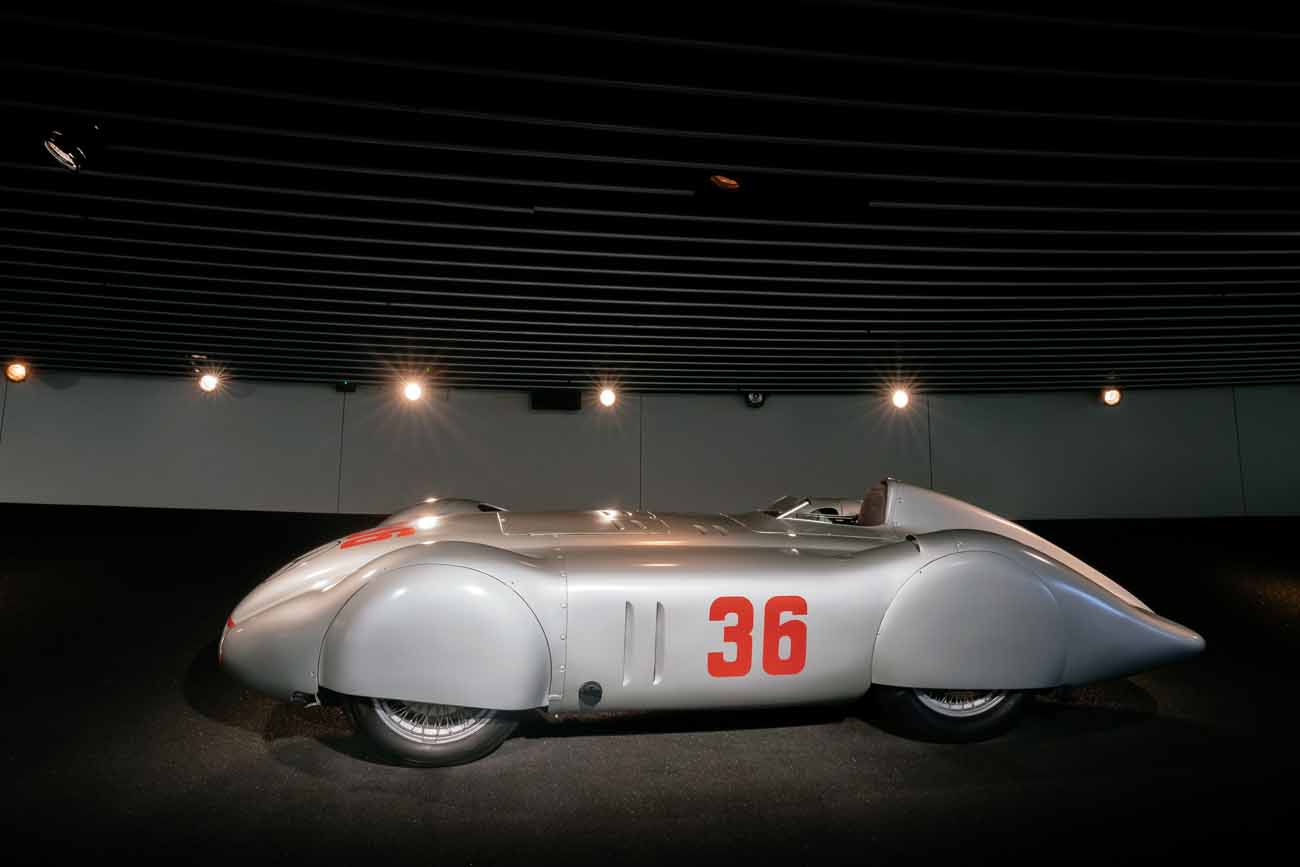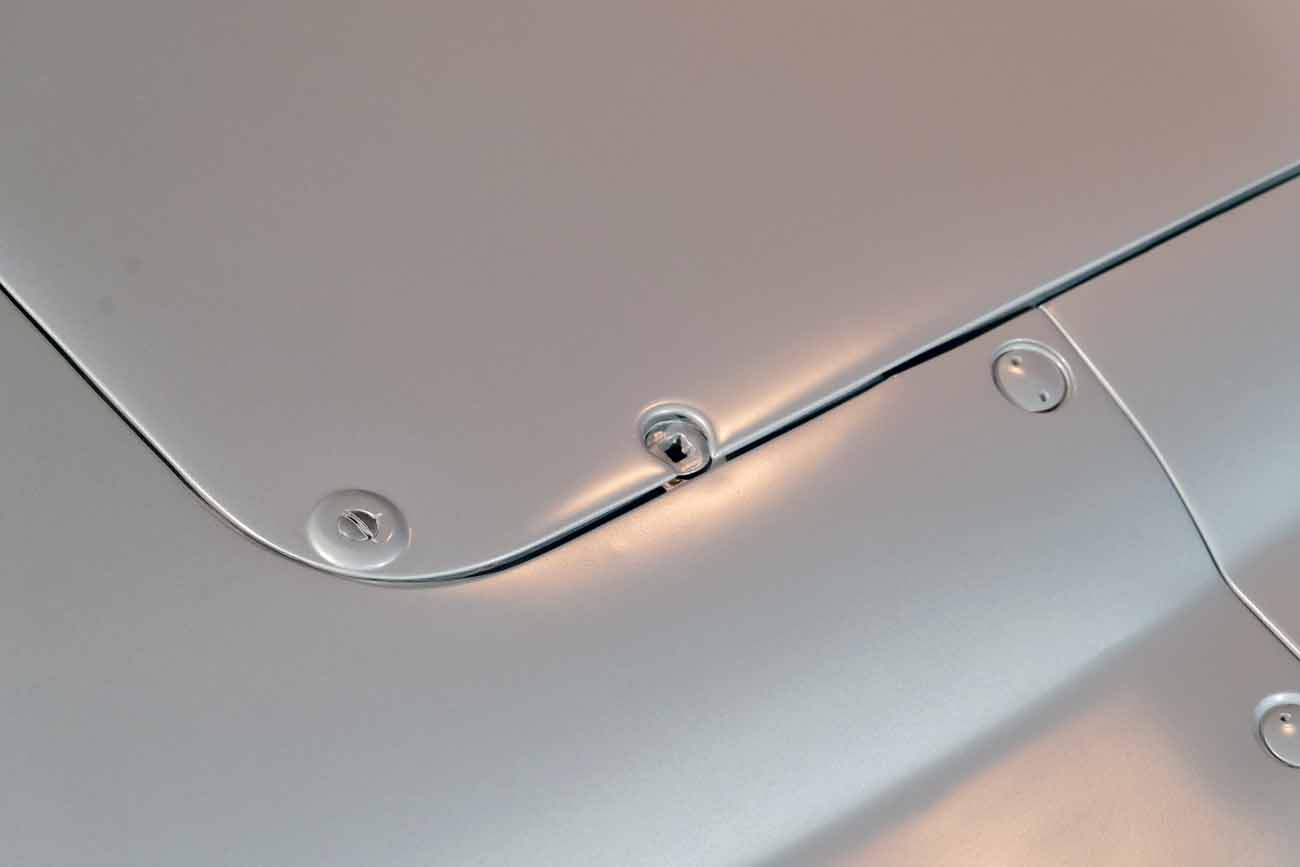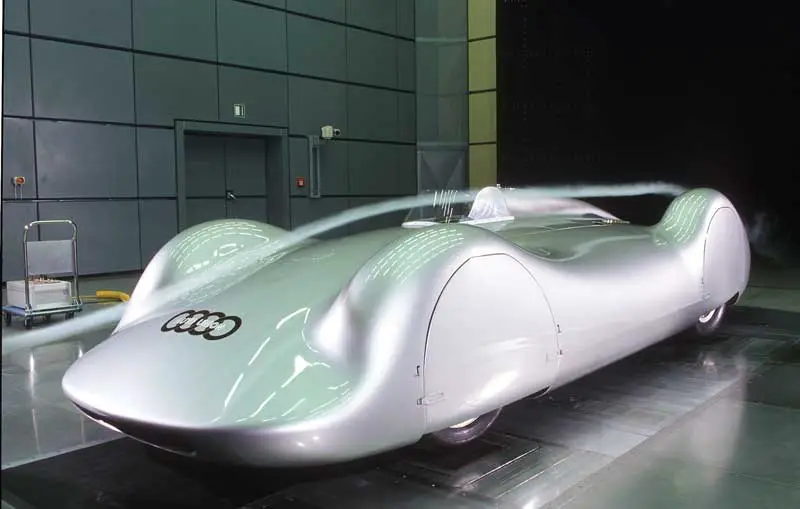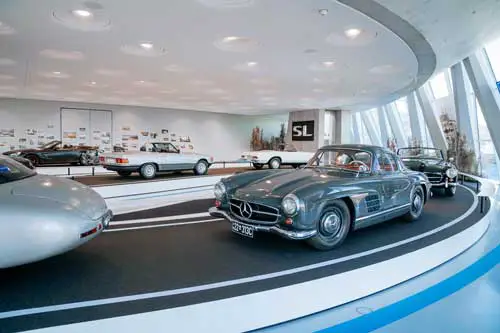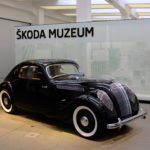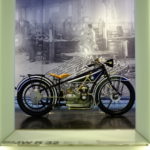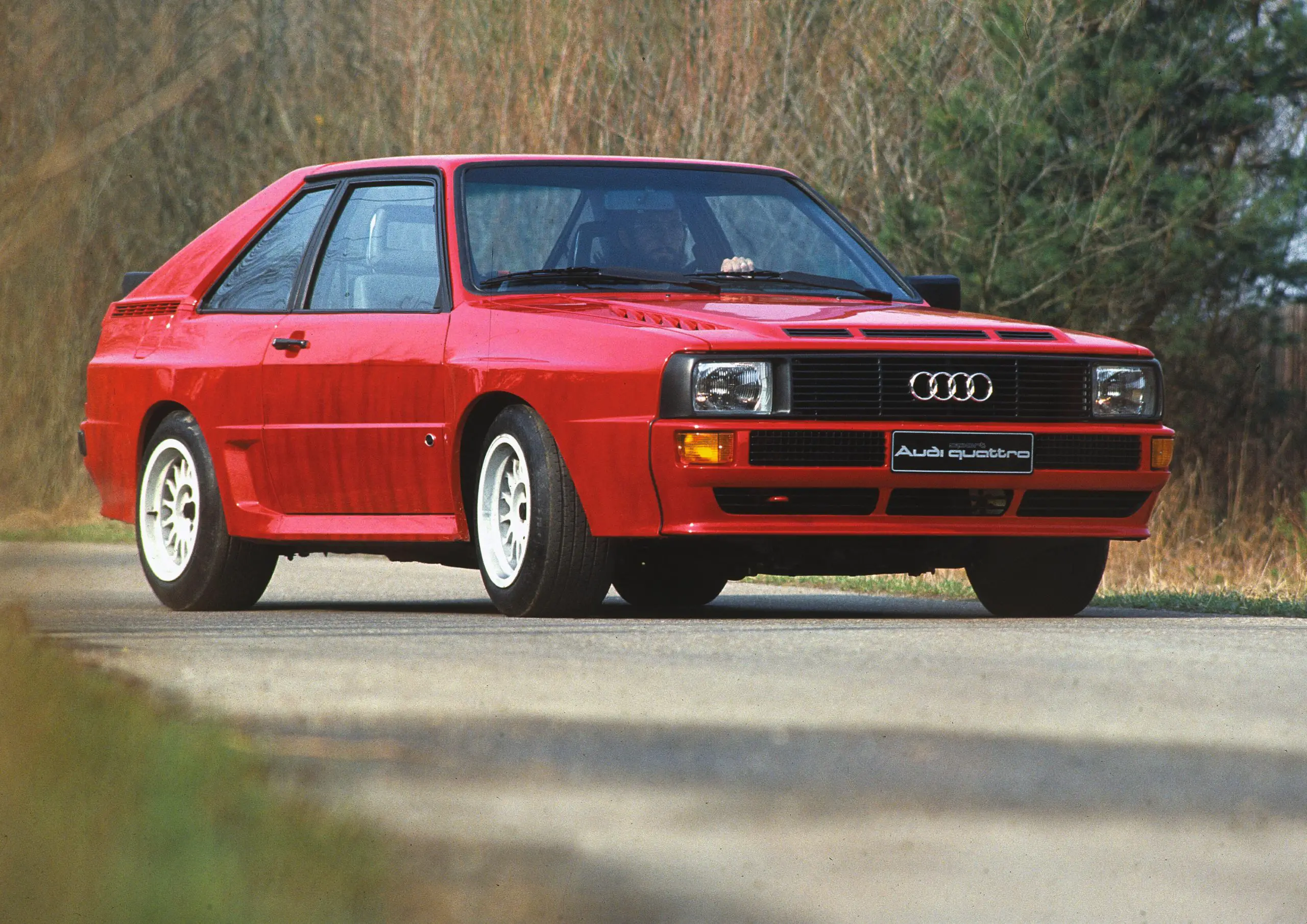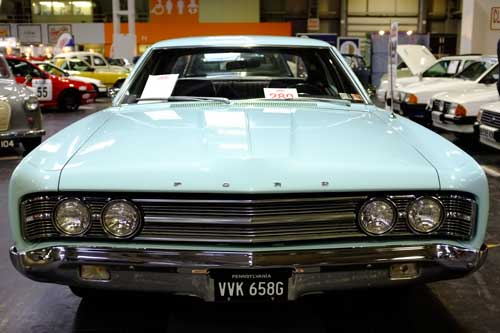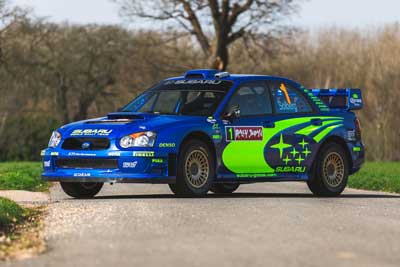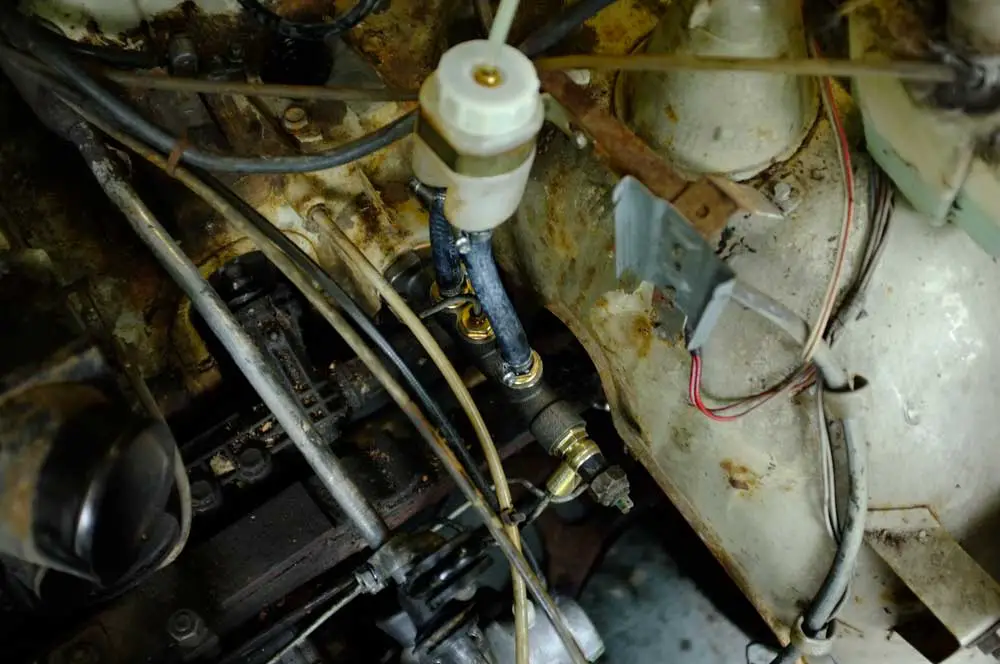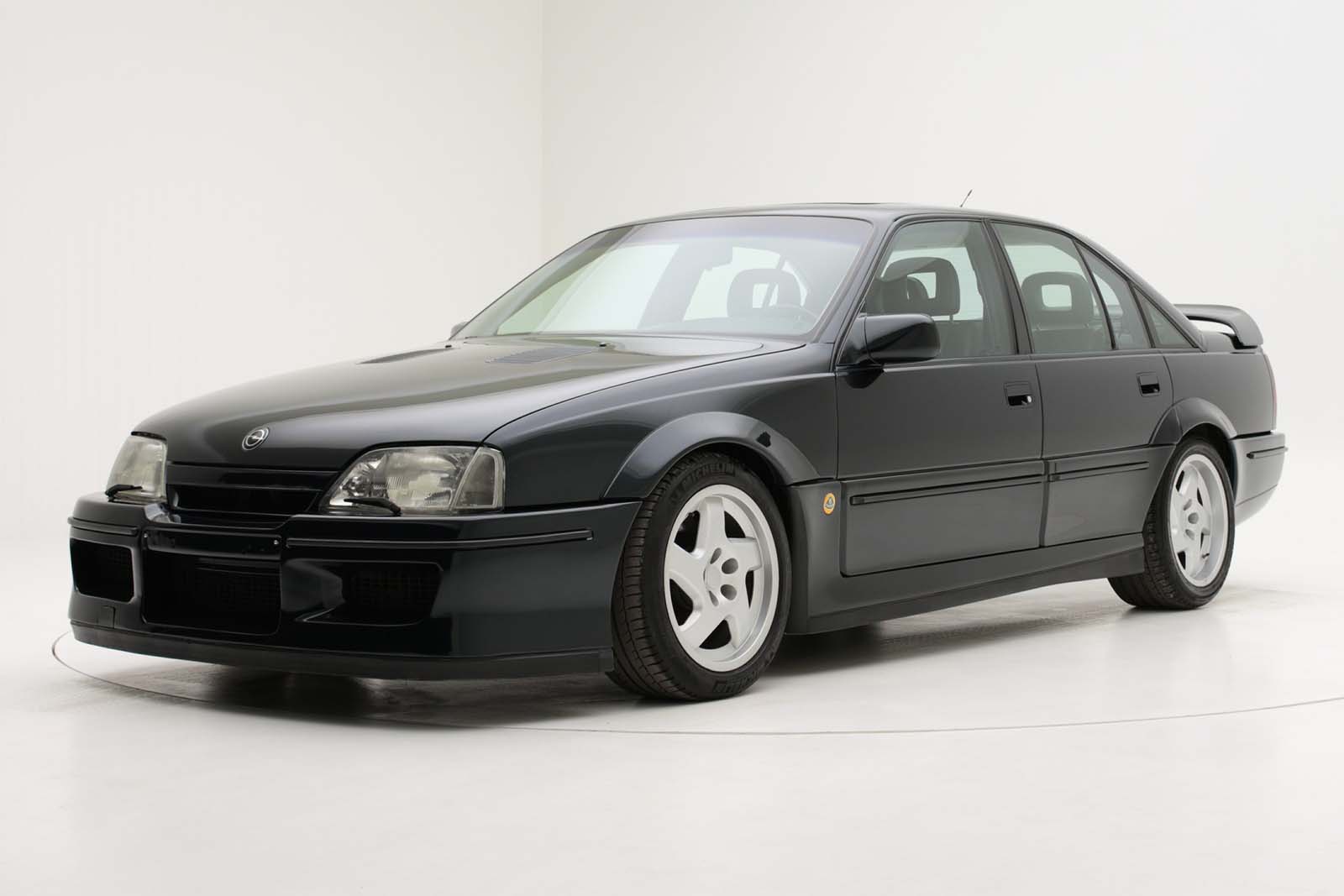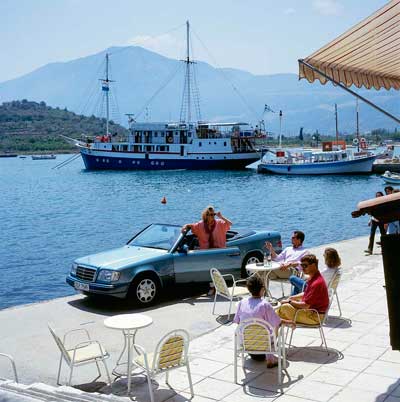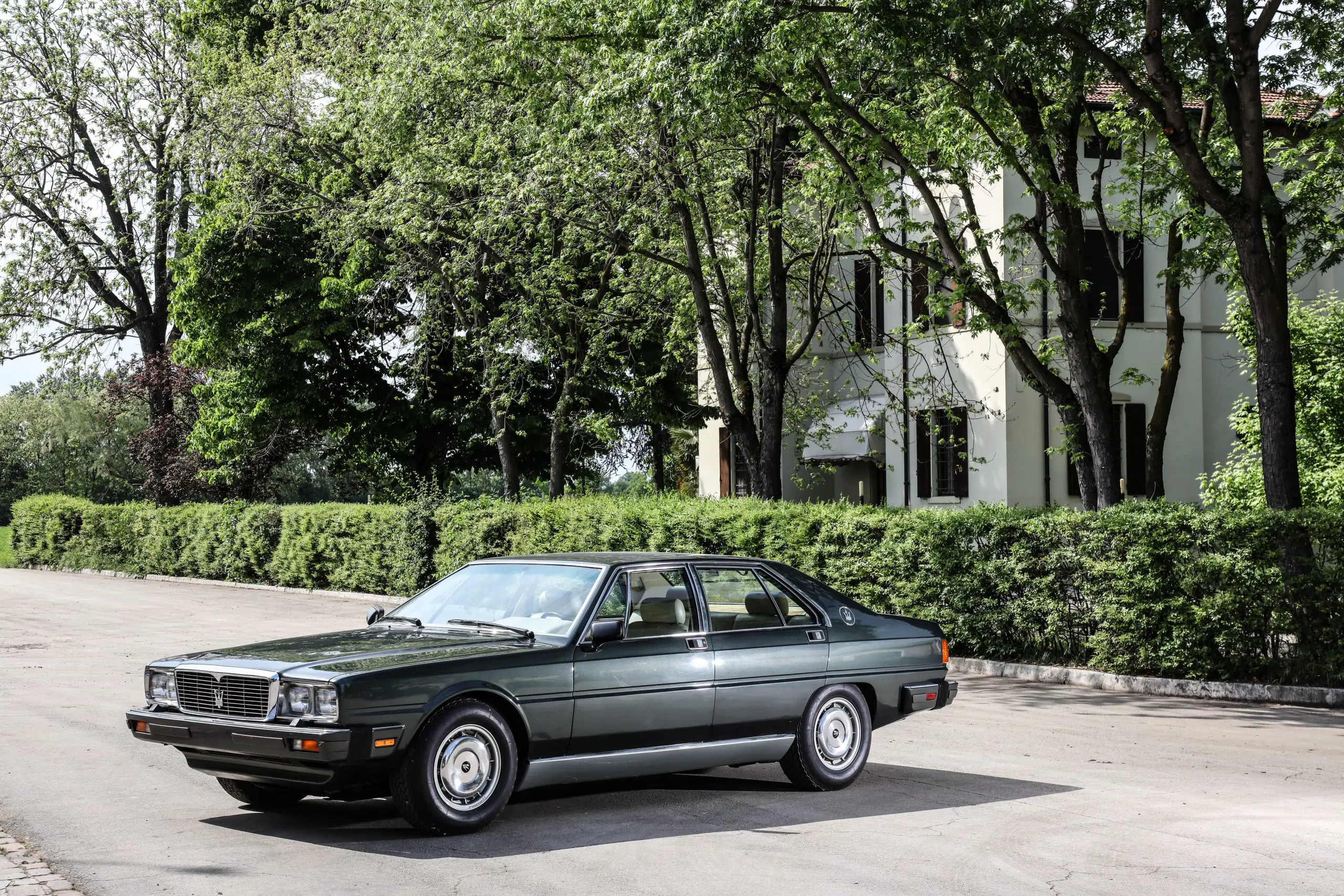
How Fast Was The 1937 Silver Arrow Mercedes W 25 Avus With The Streamlined Body?
Mercedes-Benz won the 1937 International Avus Race in Berlin with a streamlined Silver Arrow W 25 grand prix car, but just how fast was it?
Streamlining was commonplace back in the 1930s, Streamline Moderne being an extension of Art Deco, found its way onto trains and cars, even furniture looked fast. But there was more than just style behind it, it was effective too.
The streamlined body is a continuous flowing curve and curved surfaces of silver sheet metal enveloping the W 25 grand prix car from 1936. The front and rear wheel arches curve upwards and the wheel are covered down to below the hubs which could be folded up for maintenance.
The one off W 25 had the MD 25 DAB 5.6 litre V12 engine where the other two Mercedes entries were W 125 based with the M 125 F 5.7 litre V8s from the current Grand Prix car.
To win the race required a combination of speed and reliability. And that top speed, well how about 380 km/h or 236 mph, in 1937.
The streamlined Silver Arrows were successful with three podiums. Mercedes racing legend Rudolf Caracciola won the first preliminary race.
The second was won by Manfred von Brauchitsch, this car is on display in the Mercedes-Benz Museum. Hermann Lang won the overall main race, Richard Seamen didn’t stand a chance in the open wheel Mercedes-Benz w 125.
It wasn’t just a victory for Mercedes, it proved a resounding success for aerodynamics. On the straights of the very fast Avus circuit the cars reached 380 km/h. Even on the newly built section of the Noth curve which was even steeper they could hit 370 km/h.
Comparing that to the last development of the conventional open wheel W 25 Grand Prix car with its open wheel design and the 4.7 litre V8 from 1936, it could reach ‘only’ 300 km/h.
Racing cars are often made in very small numbers, and then largely by hand. Those streamlined cars are even more exclusive. Von Brauchitsch’s car was based on a W 25 record car with the V12 engine which was successfully used in 1936. This was decided on to be the best starting point for the fastest race in the world at the time, on the Avus, which is how it was described by Hermann Lang.
The cars bodywork was significantly modified for the Avus race, so much so that only the heads of the drivers could be seen from outside the car. After the drivers had climbed into the cockpit a further streamlined sheet, which was hinged at the front, was folded down over them. this covered the arms and shoulders with wind protection being given by a wind deflector made of three small panes.
This wind deflector allowed the drivers to maintain good visibility at high speeds. The experience was supposedly very impressive, especially on the very steeply banked curves.
Hermann Lang later wrote: “Driving through this Avus-Nordschleife – a unique curve – properly was a problem and required a lot of training. At first, I just couldn’t take my eyes off the line indicating the centre line of this track. Later, I ventured a glance to the side now and then. If I looked to the right, I had the strange impression of driving up a vertical wall; if I looked to the left, I seemed to see, deep below me, a sea of faces filling the interior of the curve.”
The optimisation of the aerodynamics was responsible for the incredible speed of the Mercedes-Benz cars. Those record breaking runs of 1936 became the basis for the extension of this development. Even back then the record breaking runs were achieved using a wind tunnel to understand the effects of the shape as it moved through the air.
In 1936, the “Allgemeine Automobil-Zeitung” automotive newspaper wrote about the importance on the aerodynamics of enclosing the wheels:
“That was wasted effort. Because the drag of the unclad wheels swallowed up three quarters of the total power.”
All three of the streamlined Mercedes must have seemed to be quite futuristic, but they weren’t the only ones experimenting with it. The Auto union had it’s own streamlined racers too.
It was to be the first time that Mercedes would enter its Silver Arrows into a race with streamlined bodywork. They didn’t do this yet for the 750 kg formula and for Formula 1 it was another 20 years. The famous streamlined body returning to Grand Prix racing with a double victory ar Reims with the W 196 R in 1954.
Known as the miracle of Reims, the grand prix win coincided with the Football World Cup over the same July weekend.
The winning W 196 R can be seen close to the W 25 streamlined racing car in the Mercedes-Benz museum in Stuttgart.
Aerodynamic innovation had a tradition in the 1937 race, especially for Manfred von Brauchitsch. On this track he won the Avus race five years earlier in 1932 with a privately entered Mercedes-Benz SSKL which had an innovatively streamlined body designed by aerodynamics pioneer Reinhard von Koenig-Fachsenfeld.
These successes really put aerodynamics at the forefront of engineer’s minds when designing future racing vehicles, but also road cars, the motorway couriers, and then for production vehicles.
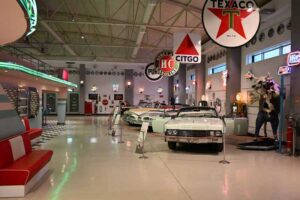
Ural Ataman Classic Car Museum – Istanbul, Turkey
This has to be one of the nicest private collections I have seen, the Ural Ataman Museum in Istanbul, turkey has not only a wide

Tbilisi AutoMuseum Car Museum – Georgia
You may not have heard of this, but the small car museum in Tbilisi Georgia really has quite a lot to see. Buried in an
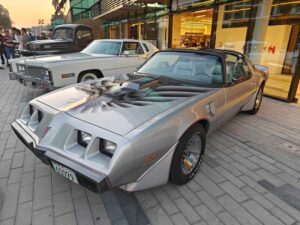
Bahrain Bike Week Classic Car Show December 2024
Bahrain Bike Week is the biggest event of its kind in the Middle East and the 2024 one was no exception. It’s not just the

Ford Motor Company Bring Back Group 5 Mk1 Escort & Group B RS200 With The Help Of Boreham Motorworks
Ford have granted a licence to Boreham Motorworks, a division of the DVRN Automotive Group, to produce new versions of not just the Mk1 Escort
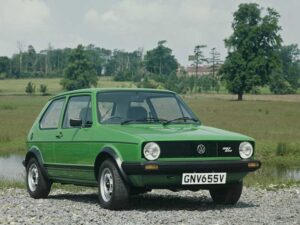
The VW Golf At 50 Years Old
Europe’s number 1 selling car the VW Golf has reached 50 years old this year, starting production on the 29th of March 1974. In
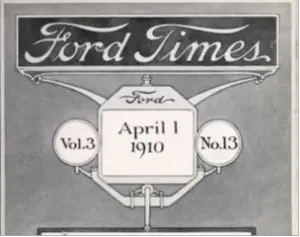
Ford’s Heritage Vault Makes The Ford Times Magazine Available To The Public
Ford’s expansion through the early 20th century was something to behold, the rapid growth of the company and the success of the Model T led

